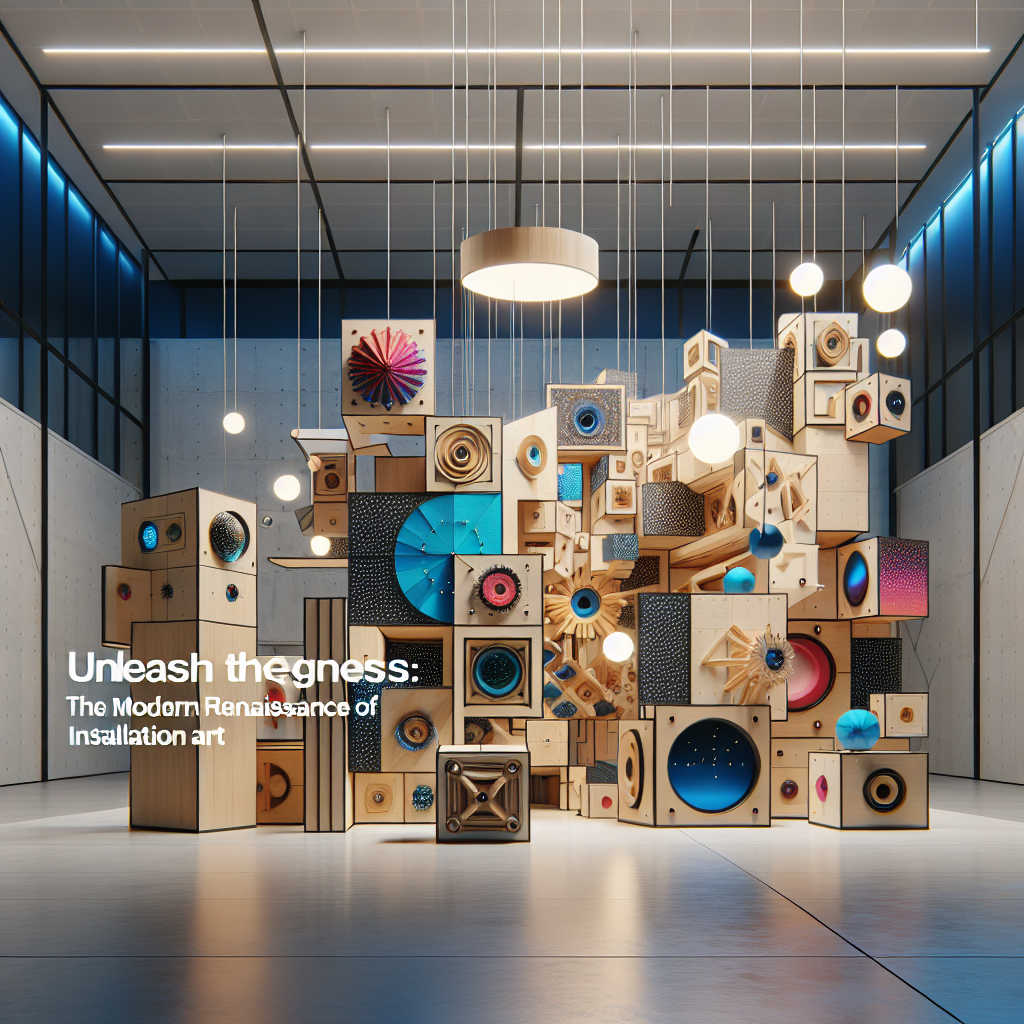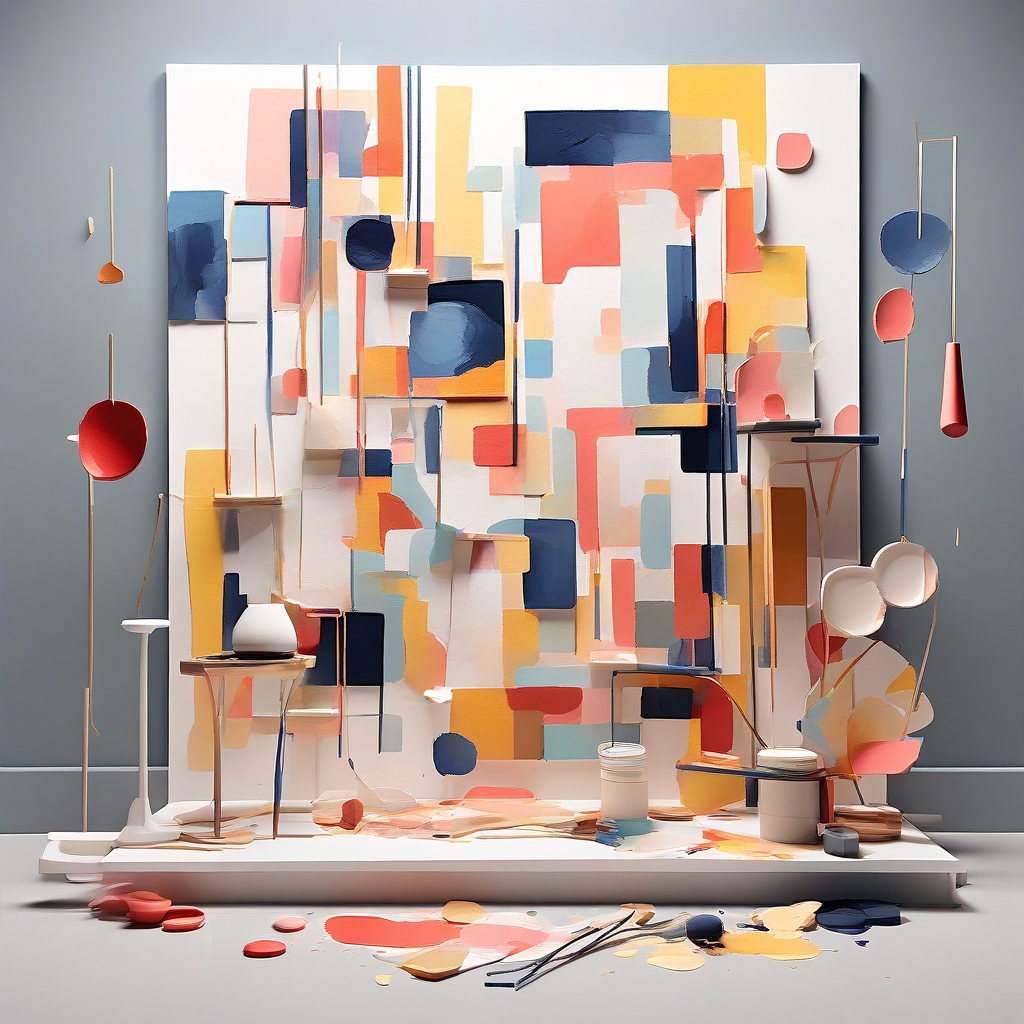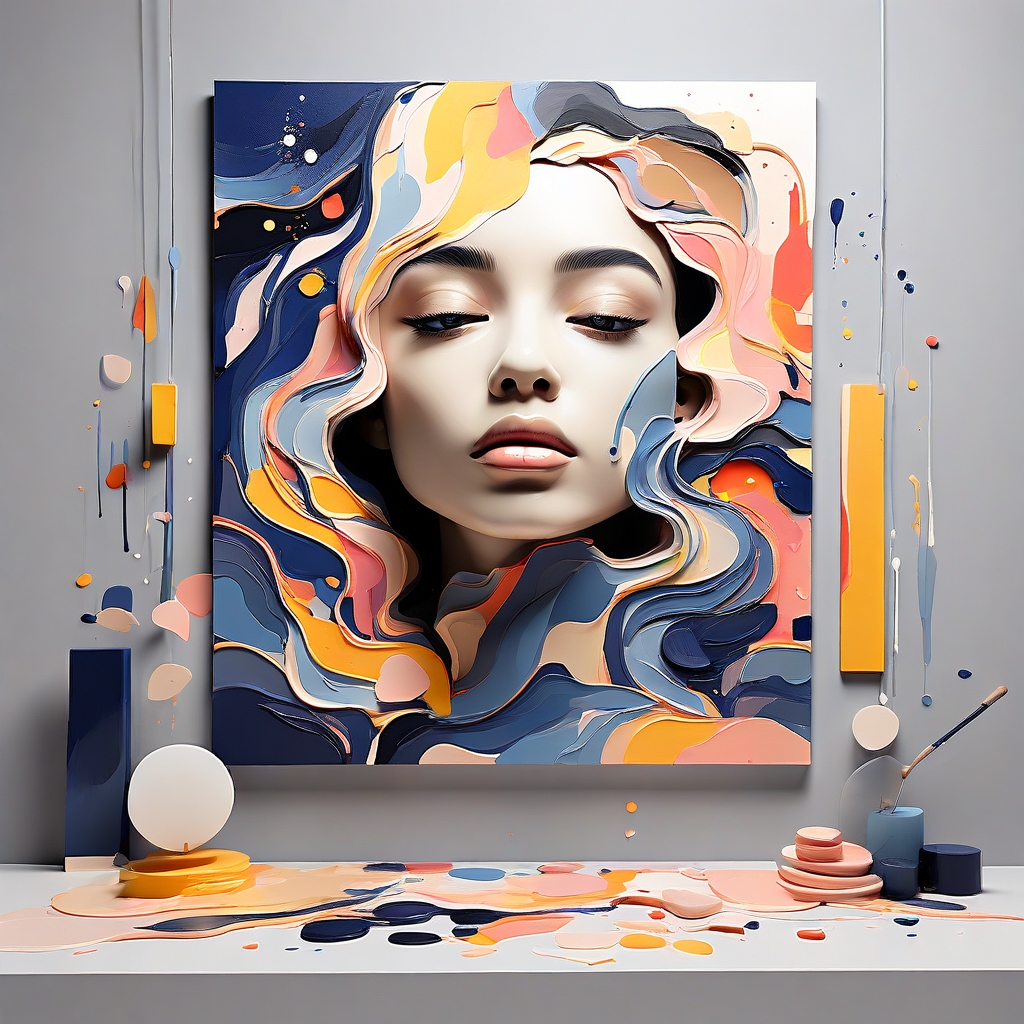
Unleashing the Genius: The Modern Renaissance of Installation Art
The world of installation art has always been a playground for the avant-garde, a space where artists bring their wildest ideas to life, defying gravity, logic, and sometimes even good taste. Recently, installations have seen a renewed vigor, captivating audiences worldwide with their immersive, often surreal experiences. This resurgence in the art form was magnificently showcased at Moleskine's 'Unleash Your Genius' exhibition at BASE Milano—a testament to the analog spirit thriving in our digital age. But what is it about installation art that continues to mesmerize both the casual observer and the seasoned art critic?
The Allure of the Analog
In a world where screens dominate our field of vision and digital art seems to be the prevailing trend, Moleskine's 'Unleash Your Genius' installation has struck a chord by focusing on the tactile and the tangible. The exhibition, which encourages visitors to engage with art in a hands-on manner, feels refreshingly analog. It is as if Moleskine is challenging us to remember the joy of scribbling in a notebook, the feel of a pencil on paper—a tactile pleasure that is increasingly rare.
In this installation, the mundane becomes extraordinary. Every corner of the exhibit invites interaction, urging visitors to leave their digital devices at the door and immerse themselves in a world of paper, ink, and imagination. It’s a bold reminder of the value of creativity that doesn’t rely on an internet connection—a poignant message in our hyper-connected society.
Installations as Cultural Commentary
Beyond their visual and experiential appeal, installations often serve as cultural barometers. Take Amy Sherald's 'American Sublime' at The Whitney Museum, for example. Her work reimagines American realism through a contemporary lens, offering poignant social commentaries wrapped in captivating visual narratives. Sherald's installations not only blur the lines between realism and surrealism but also invite viewers to reflect on identity, race, and the American experience.
Her installations, much like Edward Hopper's iconic works, capture a sense of place and emotion, yet they do so by harnessing the power of modern storytelling. In a single glance, a viewer can be transported into a narrative that challenges their perceptions and evokes a deeper understanding—proof that installation art remains a potent tool for social discourse.
The Gallery Experience Redefined
While installations can transform any space into an artistic wonderland, their impact is perhaps most profound in the traditional gallery setting. The National Gallery in London, with its storied collection, continues to evolve its presentation of art. Its latest expansive book release is a testament to how galleries are redefining themselves—not just as repositories of old masterpieces but as dynamic spaces that celebrate the past while embracing contemporary innovations.
This evolution is crucial. As galleries and museums like The Whitney integrate modern installations into their exhibitions, they become more than just places to view art; they become interactive environments where history and modernity seamlessly blend. This fusion enriches the visitor experience, making art more accessible and engaging to diverse audiences.
Personal Reflections: The Power and Pitfalls of Installation Art
As an ardent admirer of art in all its forms, I find installations uniquely compelling. They occupy a fascinating intersection between art and experience, demanding active participation from the viewer. Yet, this very nature can be both their greatest strength and their Achilles' heel.
The immersive quality of installations can sometimes overshadow the art itself. When done well, the viewer is left with a sense of wonder and insight. However, when the execution falters, installations can feel like little more than an elaborate gimmick—a trap that even seasoned artists can fall into.
The challenge for artists is to create installations that not only captivate but also convey meaningful messages. When they succeed, installations transcend the visual and become visceral—a true testament to the genius that Moleskine seeks to unleash.
Conclusion: The Future of Installations
The recent surge in installation art at venues like BASE Milano and The Whitney Museum indicates a promising future for this art form. As artists continue to push boundaries, installations will undoubtedly evolve, embracing new materials and technologies while retaining their core appeal—the ability to immerse, engage, and provoke thought.
In a world saturated with fleeting digital experiences, installations remind us of the power of physical presence and personal interaction. They invite us to step away from our screens, even if just for a moment, and engage with art in its most tangible form. As we move forward, the challenge will be to balance innovation with intention, ensuring that installations remain not just spectacles but profound explorations of the human experience.
---
*This article was generated based on recent art news from Trendhunter.com, My Modern Met, The Irish Times and other sources.*
Comments (0)
Share your thoughts on this piece. Thoughtful, art-focused discussion is welcome.
No comments yet. Be the first to respond to this artwork.


